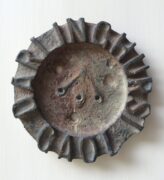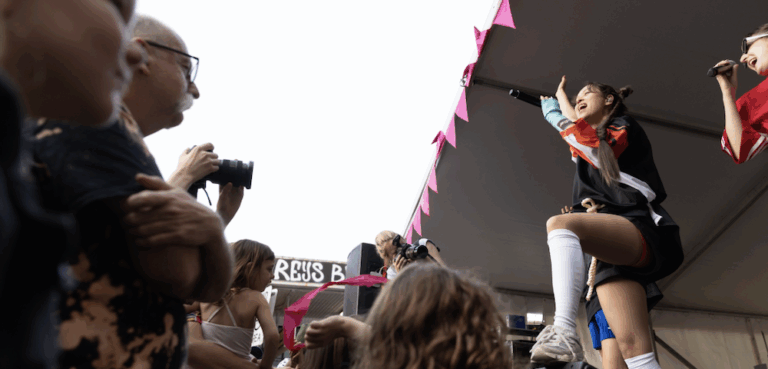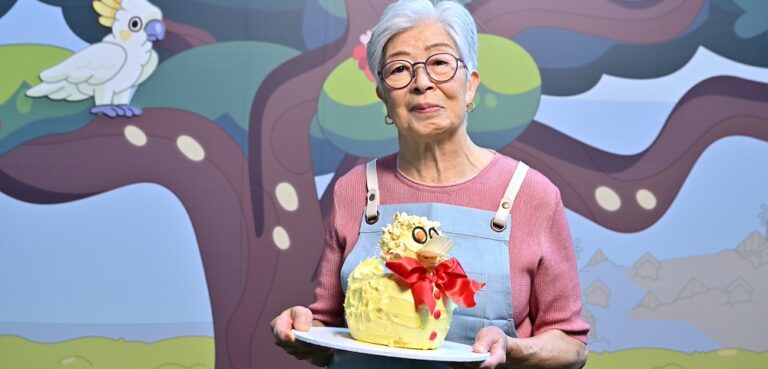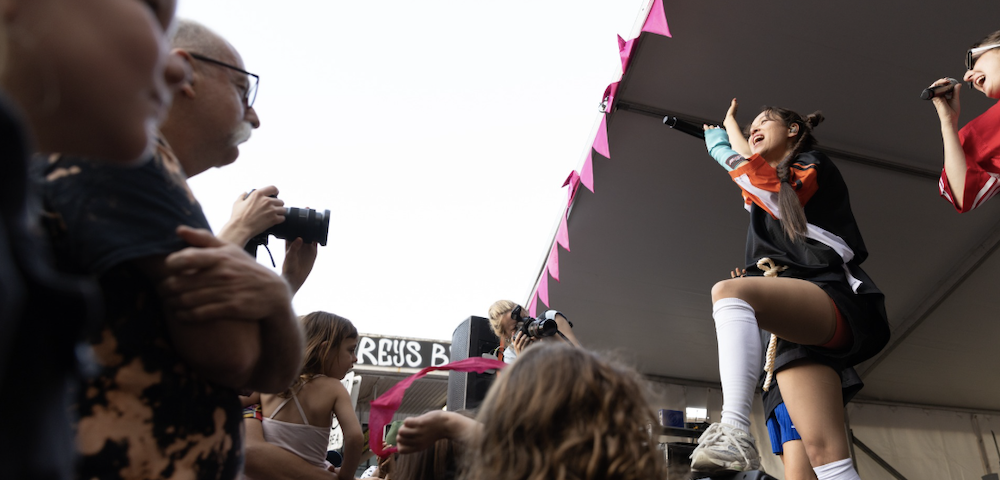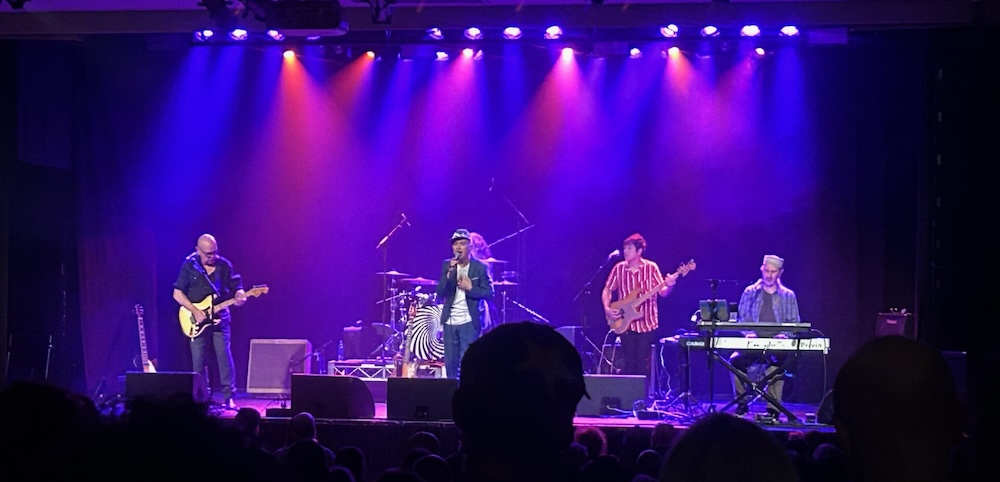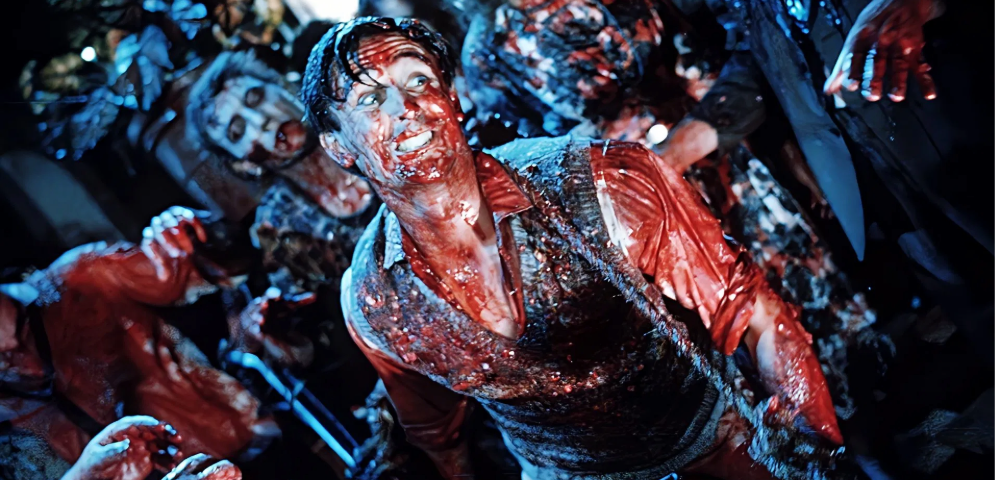
Two hundred years of history: crime, death and art
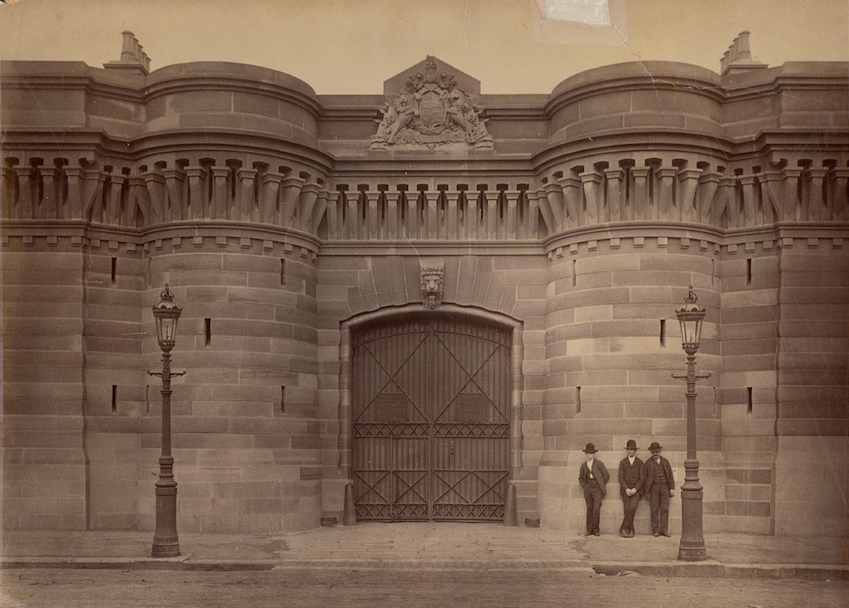
The National Art School is holding a commemorative exhibition celebrating its 100-year occupancy of the former Darlinghurst Gaol, and 200 years since the gaol itself was built.
The exhibition, CAPTIVATE: The National Art School and Darlinghurst Gaol, features artworks and artefacts from around Australia that depict or belong to the two-century long timeline of the gaol.
Complementing the exhibition is a book, CAPTIVATE: Stories from the National Art School and Darlinghurst Gaol, which includes images and tales from the sandstone building’s infamous and glorious past.

Initially designed by colonial architect, Francis Greenway in the 1820s, later modified by Mortimer Lewis, Darlinghurst Gaol was built by convicts and was ready for occupation by 1841. The collection of sandstone building enclosed by a wall was built on a hill overlooking Sydney city down to the harbour. The magnificent Darlinghurst Courthouse on Oxford Street – used today by the Supreme Court of NSW – backs onto the gaol.
In its time, the gaol housed many notable prisoners. Henry Lawson was incarcerated seven times for drunkenness, wife desertion, child desertion, and non-payment of child support between 1905 and 1909. His poem, “One Hundred and Three” (his prison number) recalls his days inside the gaol.

Aboriginal bushranger and serial murderer, Jimmy Governor was imprisoned and hanged in 1901. Governor was the inspiration for Thomas Keneally’s 1972 novel, The Chant of Jimmy Blacksmith.
Andrew George Scott, better known as notorious bushranger, Captain Moonlite, was hanged at Darlinghurst Gaol in 1880, and Louisa Collins has the dubious distinction of being the last woman hanged in 1889.
The gaol was closed in 1914, then in 1922 the premises re-opened as East Sydney Technical College. Its well-regarded arts department became National Arts School in 1926.

During its one hundred years as the country’s eminent art institution, NAS was attended by some of Australia’s most recognised artists including: James Gleeson, Margaret Olley, Tim Storrier, John Coburn, Ken Done, Max Dupain, Fiona Hall, Alan Jones, Reg Mombassa, Wendy Sharpe, Jeffrey Smart, John Olson and Cressida Campbell, and the sculptor Rayner Hoff.
Captivate features original paintings and drawings by prisoners, many collected in a scrapbook by John Cecil Read, Darlinghurst Gaol governor from 1861-1889. Read’s original gun and baton are also on display. There are artworks from the School of Design established by NAS’s first full-time female teacher, Phyllis Shillito.
Many paintings of the buildings completed by artists on-site have been included, as well as a purple toilet seat awarded as a memorial cricket shield in the NAS Staff vs Students match in 1972.
Reflecting its identity as an arts college are posters made by students, publicising art school balls and protest marches, including the first poster ever made by pop artist Martin Sharp.
Workshops, tours and other events will also form part of the celebration.
September 23 – October 30, 2022
NAS Gallery, Rayner Hoff Project Space, The Drawing Gallery
National Art School, 156 Forbes St, Darlinghurst,
